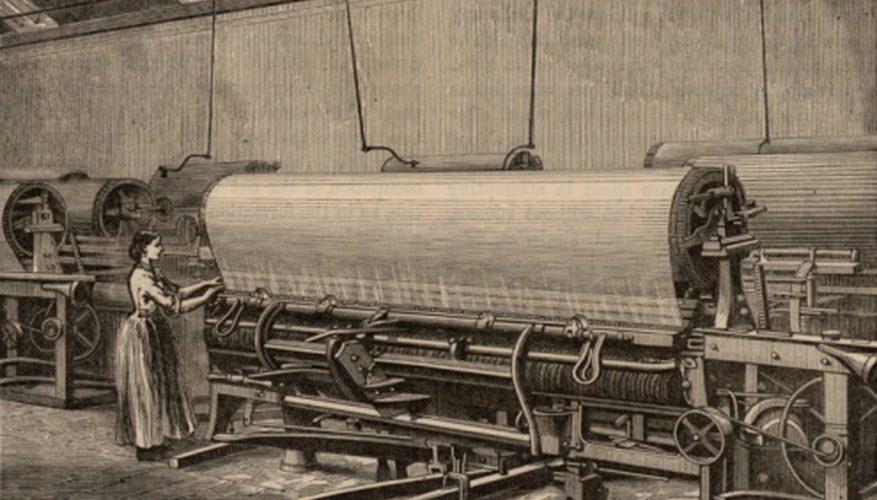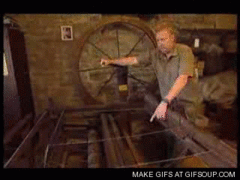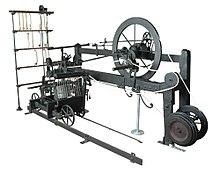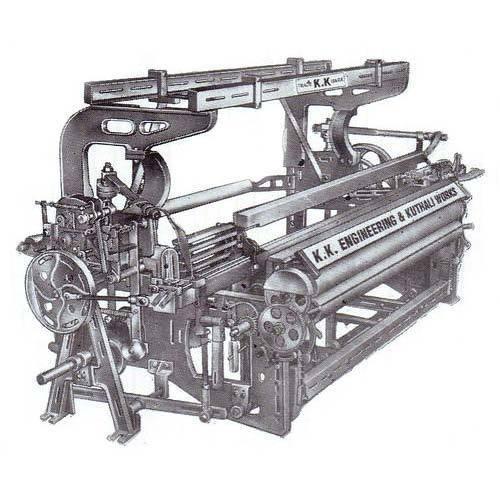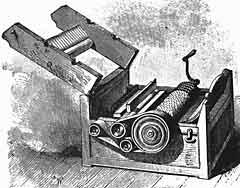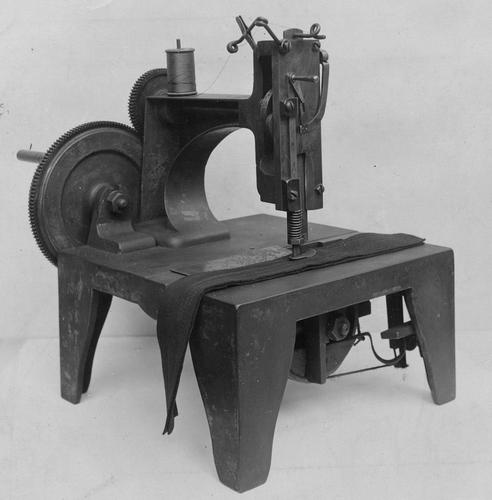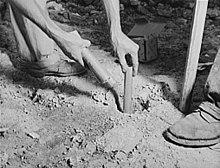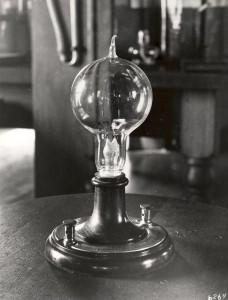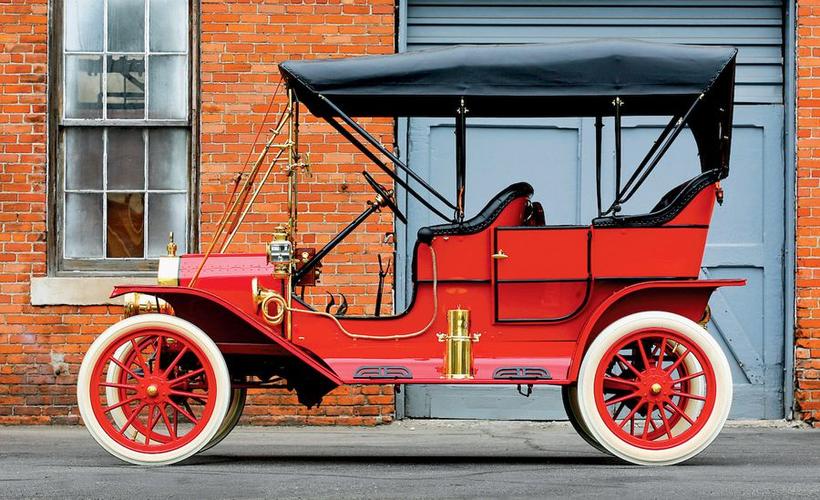
1712: Thomas Newcomen invents the Newcomen atmospheric engine, the first engine to use steam to operate. Although the engine was not used much when it was first invented, it made a huge contribution to many other inventions later on in the Industrial Revolution. The engine operates by compressing steam and creating a vacuum, as seen in the animation above. (Click animation for description and reference.)


